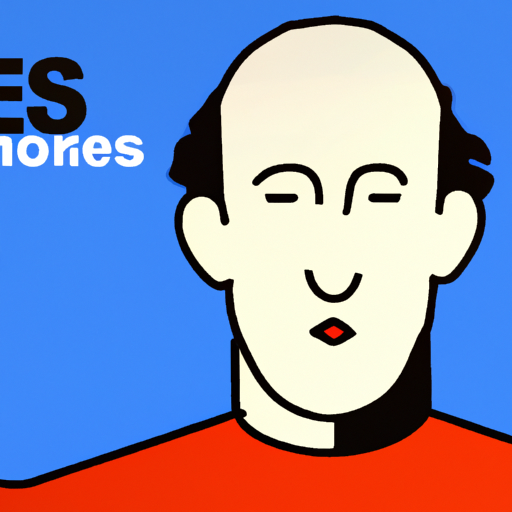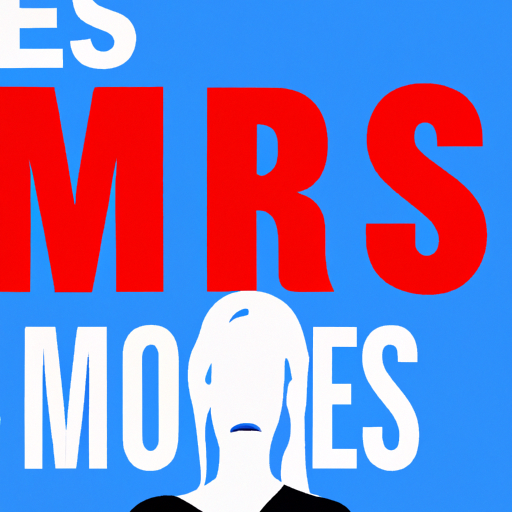
-
Table of Contents
- Minimalist Illustration: Less is More
- What is Minimalist Illustration?
- The Benefits of Minimalist Illustration
- Applications of Minimalist Illustration
- 1. Branding and Logo Design
- 2. Editorial Illustration
- 3. User Interface Design
- 4. Advertising and Marketing
- Case Studies: Successful Use of Minimalist Illustration
- 1. Dropbox
- 2. Slack
- 3. Google
- Conclusion
Minimalist Illustration: Less is More

Minimalist illustration is a design style that has gained significant popularity in recent years. With its clean lines, simplicity, and focus on essential elements, minimalist illustration has become a powerful tool for visual communication. In this article, we will explore the concept of minimalist illustration, its benefits, and how it can be effectively used in various industries.
What is Minimalist Illustration?
Minimalist illustration is a design approach that aims to convey a message or tell a story using the fewest possible elements. It strips away unnecessary details and focuses on the essential elements, resulting in a clean and uncluttered visual representation. This style often utilizes simple shapes, limited color palettes, and negative space to create a visually striking and impactful image.
Minimalist illustration draws inspiration from various art movements, such as minimalism, abstract art, and Bauhaus. It embraces the principle of “less is more,” where simplicity and clarity are prioritized over complexity and embellishment.
The Benefits of Minimalist Illustration
Minimalist illustration offers several benefits that make it a compelling choice for designers and businesses alike:
- Clarity: By eliminating unnecessary details, minimalist illustrations can convey a message or idea more clearly. The simplicity of the design allows viewers to focus on the main subject or concept without distractions.
- Timelessness: Minimalist illustrations often have a timeless quality to them. By avoiding trendy or overly complex elements, these designs can remain relevant and visually appealing for years to come.
- Versatility: The simplicity of minimalist illustrations makes them highly versatile. They can be easily adapted to various mediums, such as print, digital, or even animation. This adaptability allows designers to use minimalist illustrations across different platforms and applications.
- Visual Impact: Despite their simplicity, minimalist illustrations can have a strong visual impact. The use of negative space and bold shapes creates a sense of balance and harmony, capturing the viewer’s attention and leaving a lasting impression.
Applications of Minimalist Illustration
Minimalist illustration can be applied to a wide range of industries and purposes. Let’s explore some examples:
1. Branding and Logo Design
Many companies have embraced minimalist illustration in their branding and logo design. By using simple and clean visuals, these brands can communicate their values and identity effectively. Examples include the iconic Apple logo, which consists of a simple apple silhouette, and the Nike swoosh, a minimalist representation of motion and speed.
2. Editorial Illustration
Minimalist illustrations are often used in editorial design to accompany articles or stories. They can help convey complex ideas or emotions in a visually appealing and easily digestible manner. The New Yorker magazine is known for its use of minimalist illustrations that capture the essence of an article with just a few simple lines.
3. User Interface Design
Minimalist illustration is widely used in user interface (UI) design to create intuitive and user-friendly interfaces. By reducing visual clutter and focusing on essential elements, minimalist illustrations can guide users through an application or website seamlessly. The popular note-taking app, Evernote, utilizes minimalist illustrations to enhance the user experience and make the interface more visually engaging.
4. Advertising and Marketing
Minimalist illustrations can be highly effective in advertising and marketing campaigns. Their simplicity allows for easy recognition and memorability, making them ideal for conveying a brand’s message or promoting a product. The “Just Do It” campaign by Nike is a prime example of how minimalist illustrations can create a powerful and memorable marketing message.
Case Studies: Successful Use of Minimalist Illustration
Let’s take a look at some real-world examples of successful use of minimalist illustration:
1. Dropbox
Dropbox, a cloud storage service, uses minimalist illustrations throughout its website and marketing materials. The illustrations depict simple scenes and characters, conveying the ease and simplicity of using their service. The use of clean lines and limited colors creates a cohesive and visually appealing brand identity.
2. Slack
Slack, a popular team communication platform, incorporates minimalist illustrations into its user interface. The illustrations are used to represent various features and actions, making the interface more intuitive and visually engaging. The consistent use of simple shapes and a limited color palette creates a cohesive and user-friendly experience.
3. Google
Google, the world’s most popular search engine, often uses minimalist illustrations in its doodles and promotional materials. These illustrations celebrate holidays, events, and notable figures, adding a touch of creativity and visual interest to the otherwise minimalist search interface. The doodles have become a beloved feature of Google’s brand identity.
Conclusion
Minimalist illustration is a powerful design style that offers clarity, timelessness, versatility, and visual impact. Its simplicity and focus on essential elements make it an effective tool for visual communication across various industries. From branding and logo design to editorial illustration and user interface design, minimalist illustrations can enhance the user experience, convey complex ideas, and create a memorable brand identity.
As the saying goes, “less is more,” and minimalist illustration exemplifies this principle. By embracing simplicity and stripping away unnecessary details, designers can create visually striking and impactful illustrations that leave a lasting impression on viewers.
